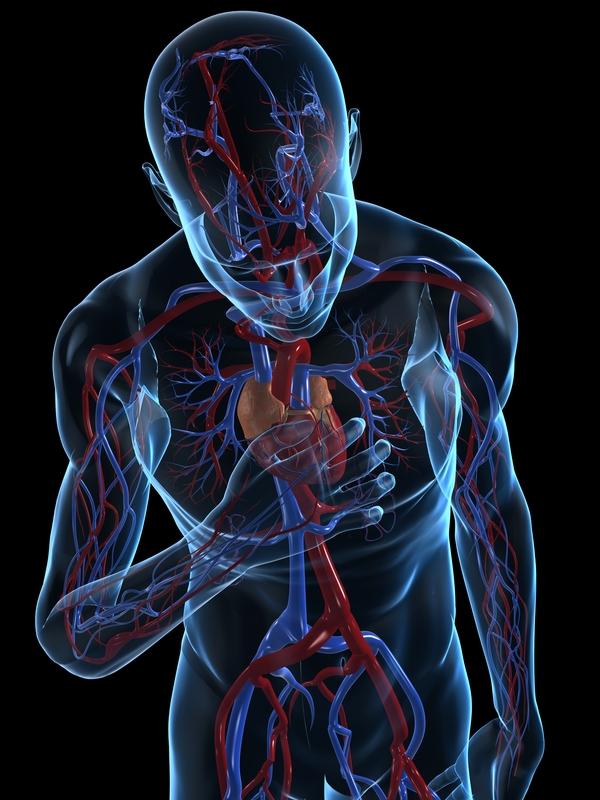

There is no cure for ischemic heart disease, and all treatments are symptom-oriented. As MI can be associated with several serious complications, these patients are best managed in an ICU setting.A cardiology consult should be made immediately to ensure that the patient gets treated within the time frame recommendations.In most hospitals, there are cardiology teams that are dedicated to the management of these patients.įor patients who present with chest pain, the key to the management of MI is time to treatment. © The Author(s) under exclusive licence to The Korean Society of Toxicogenomics and Toxicoproteomics 2022, Springer Nature or its licensor holds exclusive rights to this article under a publishing agreement with the author(s) or other rightsholder(s) author self-archiving of the accepted manuscript version of this article is solely governed by the terms of such publishing agreement and applicable law.The diagnosis and management of patients with MI is best done with an interprofessional team. It is required to identify biomarkers of myocardial infarction and use biomarker-based ELISA, SPR, gold nanoparticle, and aptamer technologies in order to correctly diagnose myocardial infarction.īiomarker Diagnosis Myocardial infarction. Myocardial infarction is diagnosed using an electrocardiogram and echocardiogram, which utilize cardiac signals. The key to properly treating myocardial infarction is early detection, thus we aim to do this by offering both tools and techniques as well as the most recent diagnostic techniques. The incidence of myocardial infarction is increasing worldwide, and some studies are being conducted on the association between COVID-19 and myocardial infarction. In addition, new materials such as aptamers must be grafted and integrated into new ways. For this reason, it is necessary to use a combination of various methods to diagnose myocardial infarction quickly and accurately. Myocardial infarction is a disease that is difficult to diagnose based on the aspect of a single factor. A diagnosis method through biomarker detection was then developed. We propose a biomarker and a method that can be used for the diagnosis of myocardial infarction, and an aptamer-based approach.įor the diagnosis of myocardial infarction, an algorithm-based diagnosis method was developed using electrocardiogram data. A relationship between COVID-19 and myocardial infarction due to the recent COVID-19 pandemic has also been revealed. The incidence of myocardial infarction is increasing worldwide.

A significant heart attack known as a myocardial infarction (MI) occurs when the blood supply to the heart is suddenly interrupted, harming the heart muscles due to a lack of oxygen.


 0 kommentar(er)
0 kommentar(er)
